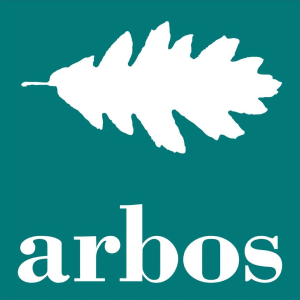In an increasingly digital world, with AI on the rise, you might wonder: does handwriting still make sense? Well, the answer is yes, though with some caveats. Sure, we live in the age of smartphones, tablets, and laptops—tools that let us take notes faster and save them in the cloud. But the charm of handwriting endures, and many still prefer it.
There’s something special about gliding a pen across paper, feeling the ink flow onto the page, and watching your thoughts take shape in your own handwriting. Writing by hand is a physical act that connects us more directly to our thoughts and feelings. For many, it’s a form of creative meditation, a way to slow down and reflect, while for others, it’s a precious moment to break free from FOMO—that anxiety about missing out on something “unmissable” online (spoiler: it’s rarely that important)—which keeps us glued to Instagram for hours.
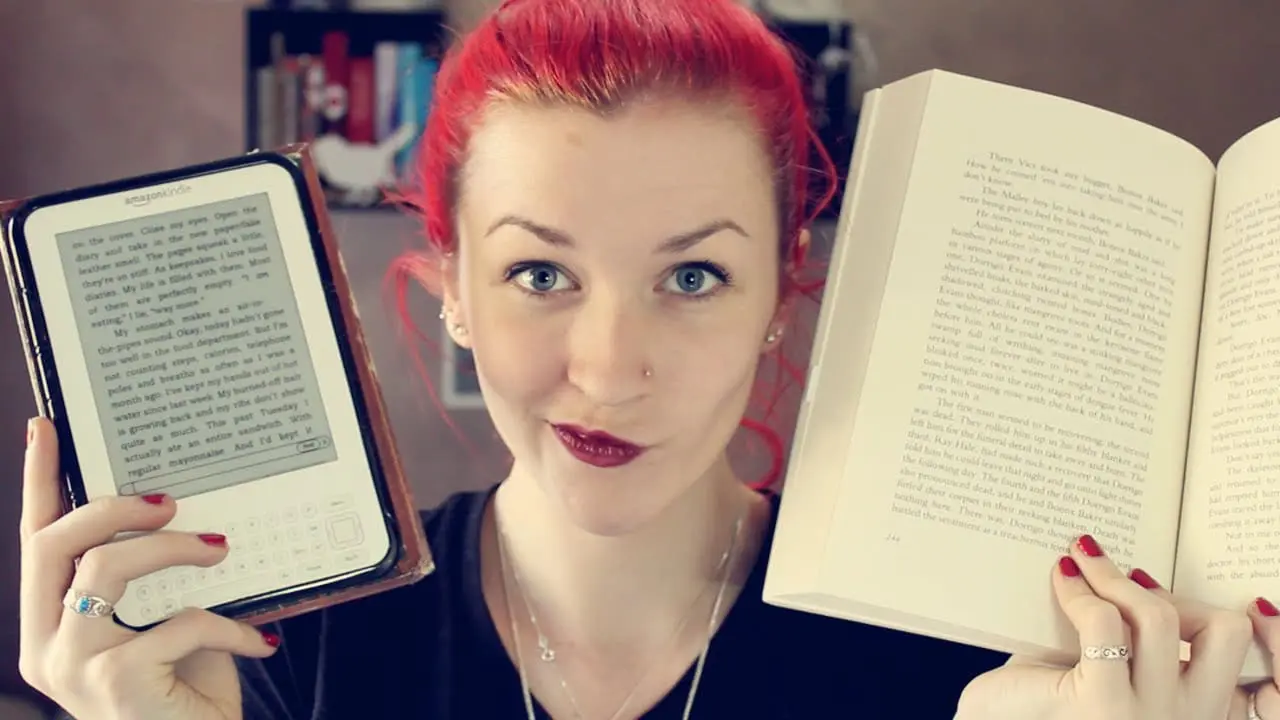
Why Is Handwriting Important? What Are Its Benefits?
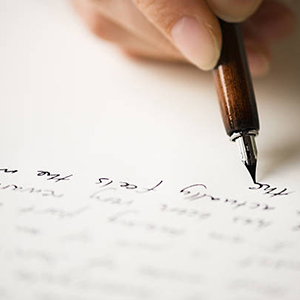
Handwriting is not just a nostalgic gesture; it brings with it a host of proven benefits. Writing by hand improves memory and stimulates the brain more effectively than typing. Don’t just take our word for it—this comes from the University of California, Los Angeles (UCLA). According to their research, handwriting allows you to process information better because it engages different areas of the brain associated with memory and language.
Handwriting can also improve focus. There are no notifications to interrupt your train of thought, and the act of writing itself demands deeper engagement. Moreover, studies show that handwriting can have a calming effect and help manage stress, much like journaling or mindfulness practices.
What Is Creative Writing, Who Uses It, and Why?
Creative writing is a way to freely express emotions, tell stories, and explore imaginary worlds. Writers, artists, professionals, and enthusiasts of all ages use it to unleash their creativity, share personal anecdotes, or simply have fun. You don’t need to be Elena Ferrante to benefit from creative writing—it’s an exercise anyone can do to develop lateral thinking and awaken their imagination.
The advantages are countless: creative writing stimulates the brain, enhances self-expression, and can be a powerful therapeutic tool. For many, it’s an outlet to transform difficult experiences into stories and to reshape emotions that might otherwise remain stuck.
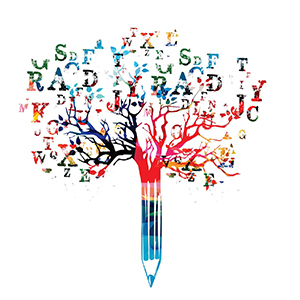

Why Is an Arbos Notebook Perfect for This?
An Arbos notebook is much more than just a collection of pages; it’s a space where ideas find a home, where stories come to life. Our notebooks are made with recycled materials and crafted with care, so every time you open their pages, you feel the call of sustainability and respect for the environment. Writing in an Arbos notebook is like connecting with nature, knowing your creativity doesn’t come at the planet’s expense.
Additionally, the meticulous aesthetic design of our notebooks is intended to make the writing experience enjoyable and rewarding. Whether smooth, lined, graph paper, or bullet journal style, our paper always has the perfect texture for writing. The covers are beautifully crafted, and every detail is designed to inspire and last over time. If you’re looking for a faithful companion for your creative writing exercises, an Arbos notebook is the perfect choice.
The 6 Best Arbos Notebooks for Creative Writing
Arbos offers a range of notebooks perfect for your creative writing exercises.
Here are six we recommend:
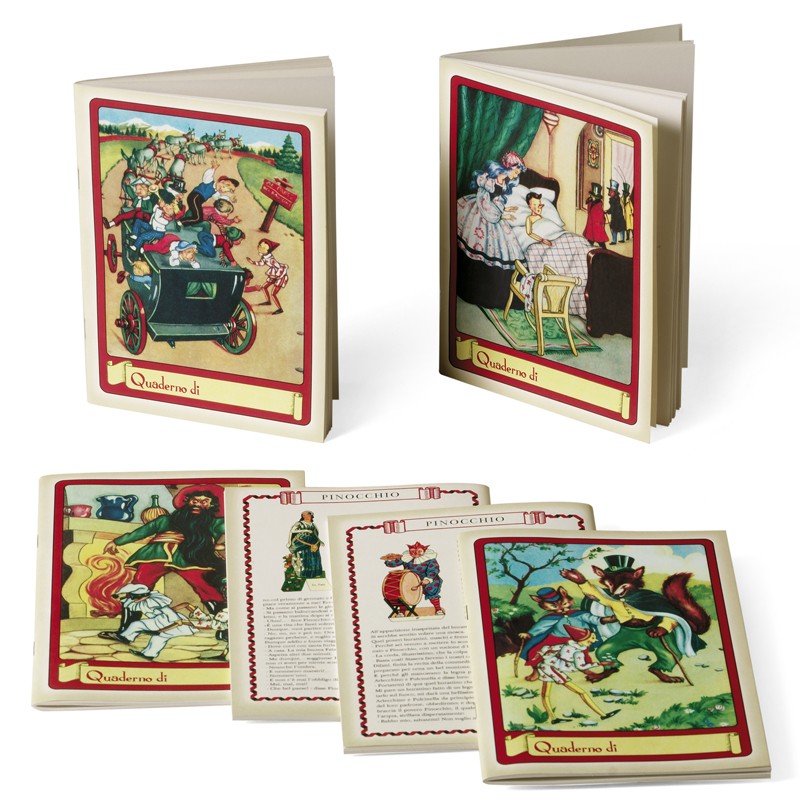
Pinocchio Notebook:
Inspired by one of the most iconic characters in literary history, this notebook is sure to bring good luck to your creative writing. The cover illustrations are from a collection of original early-20th-century prints by Attilio Mussino, the first illustrator of Collodi’s book, preserved at the “Civiche Raccolte d’Arte Achille Bertarelli” museum in Milan.
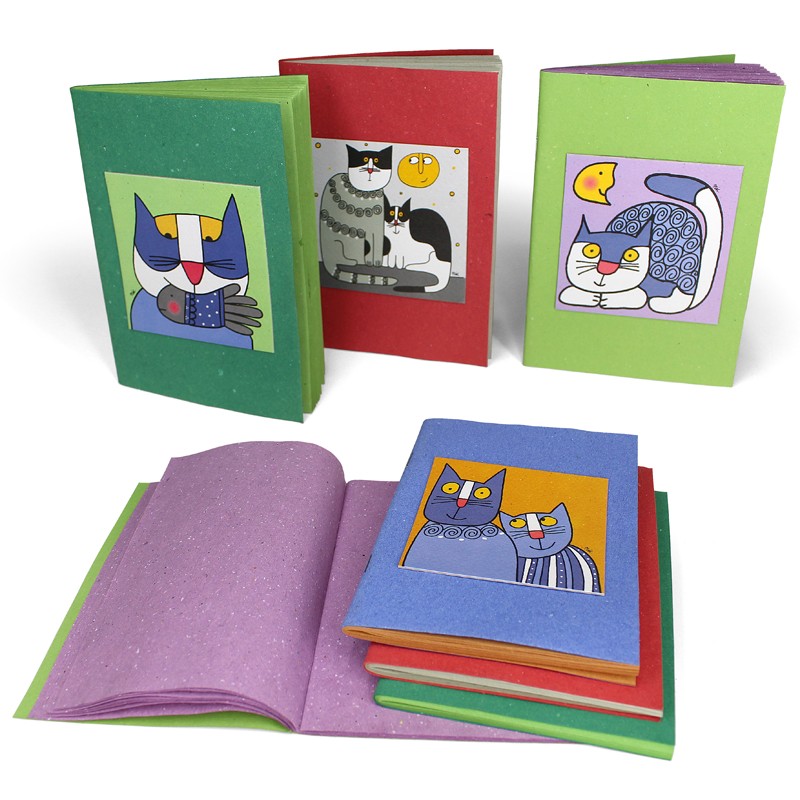
Nic’s Cats Notebooks:
A collection inspired by one of the most beloved characters in children’s literature, created by Nicoletta Costa. These four whimsical cats will transport you back to childhood.
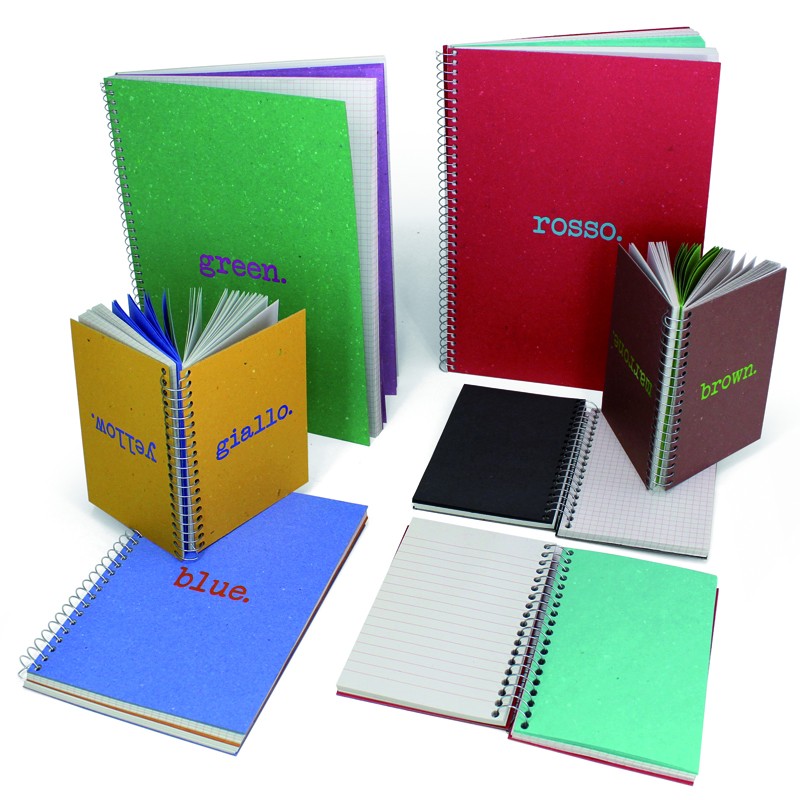
Kroma Spiral Notebooks:
These notebooks showcase how Arbos combines vibrant colors with sustainability. Each cover is double-sided, featuring Italian text on one side and English on the other. The spiral binding makes writing easy and comfortable.
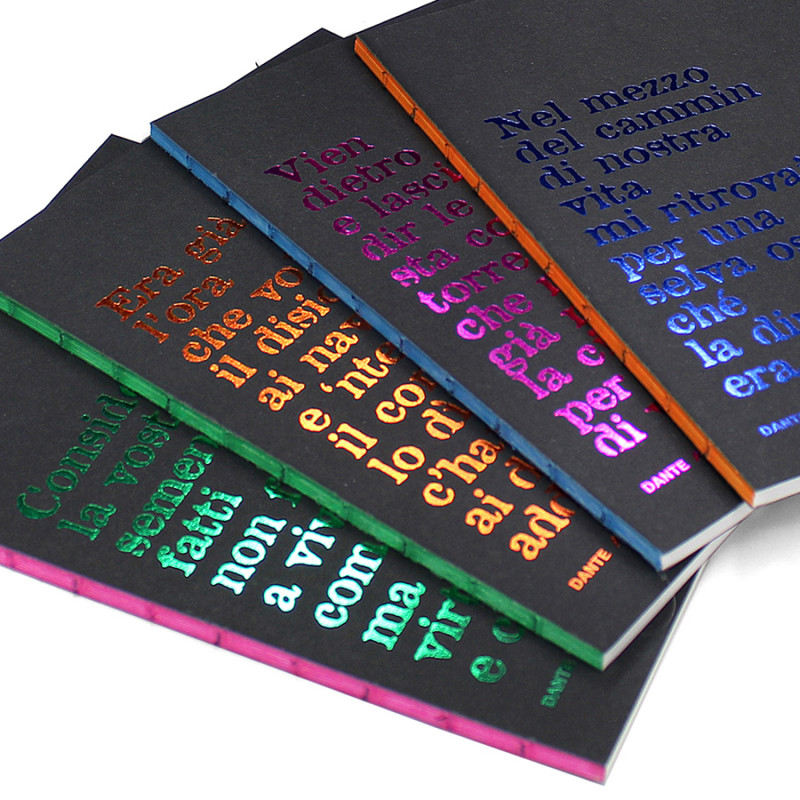
Dante Notebooks:
Channel your inner Dante Alighieri with this collection created to commemorate the 700th anniversary of his death in 1321. These minimalist yet striking notebooks feature metallic prints and reproduce eight famous terzine from the Divine Comedy.

Writing Spiral Notebooks by Ricuoio®:
A true declaration of intent. With 120 pages of 100-gram recycled paper, perfect for notes and sketches, these notebooks feature a sturdy spiral binding that allows for easy opening. They’re ideal for capturing your ideas by hand.
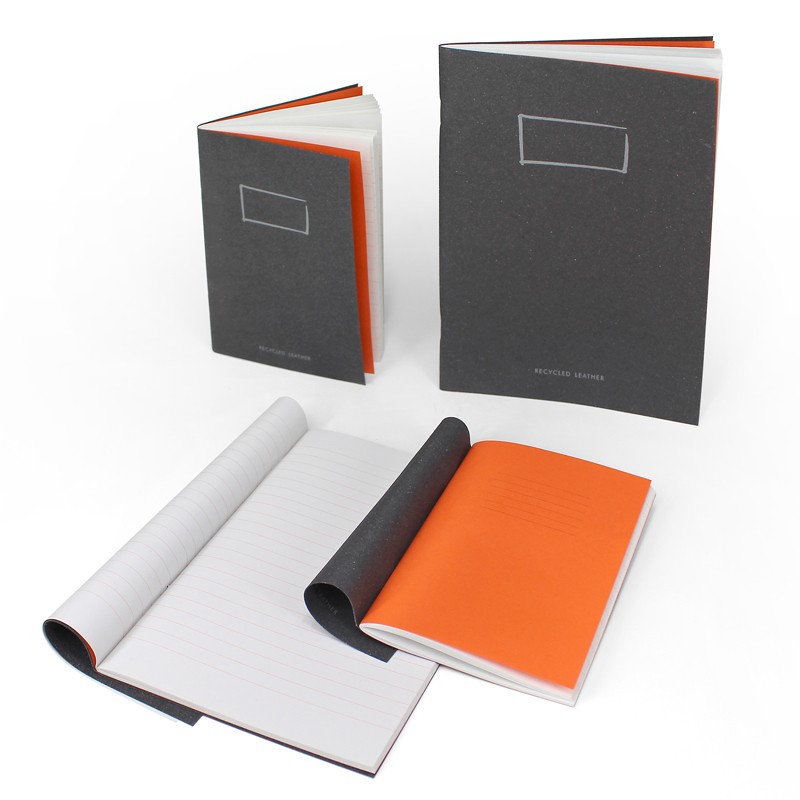
Ricuoio Notebook:
With its soft cover and minimalist design, this notebook is the ideal space for jotting down notes, thoughts, and even poetry.
5 Creative Writing Exercises to Try with an Arbos Notebook
If you have an Arbos notebook in your hands and can’t wait to fill its pages, here are five creative writing exercises to spark your imagination.
- The Talking Object: Choose an everyday object in front of you, like a pen, book, or mug. Imagine it has a life of its own and write a monologue from its perspective. What does it see every day? What are its hopes and fears?
- A Letter from the Future: Imagine writing a letter to your future self, ten or twenty years from now. What will you be like? What would you tell yourself about your life today? What advice would you give? This exercise helps you reflect on your goals and develop empathy for your future self.
- The Chain Story: Start a story without overthinking it, but leave some gaps in the plot—unanswered questions. The next day, return to the story and try to fill in the blanks, perhaps adding twists. This is a great way to stimulate your imagination and improve narrative coherence.
- Words in the Dark: It may sound odd, but… turn off the lights (or blindfold yourself)! Now try writing for five minutes without looking. It doesn’t matter if you can’t immediately read what you wrote afterward—the point is to let go of control and focus solely on the emotions that emerge as you write.
- The Impossible List: Write a list of ten things you’d like to do but that are impossible (e.g., “Walk on the moon,” “Talk to a tree”). Then choose one item and turn it into a short story. This exercise is perfect for unleashing your most extravagant creativity.
These creative writing exercises are not just ways to fill the pages of a notebook—they’re opportunities to explore yourself, play with words, and bring to life thoughts you didn’t know you had. If you’d like to discover more Arbos notebooks and find the perfect one for your creativity, visit our online shop! An Arbos notebook is the ideal companion for all this: pick up your pen and let your imagination embark on its journey!
